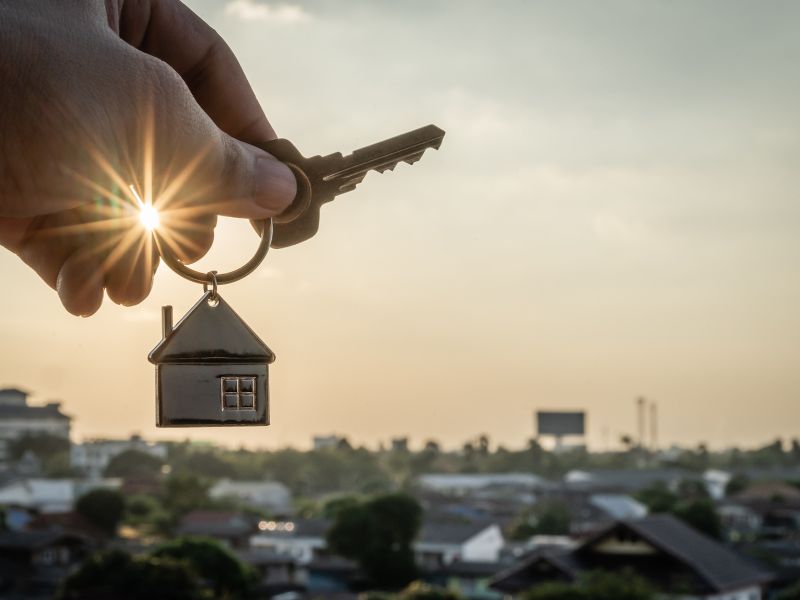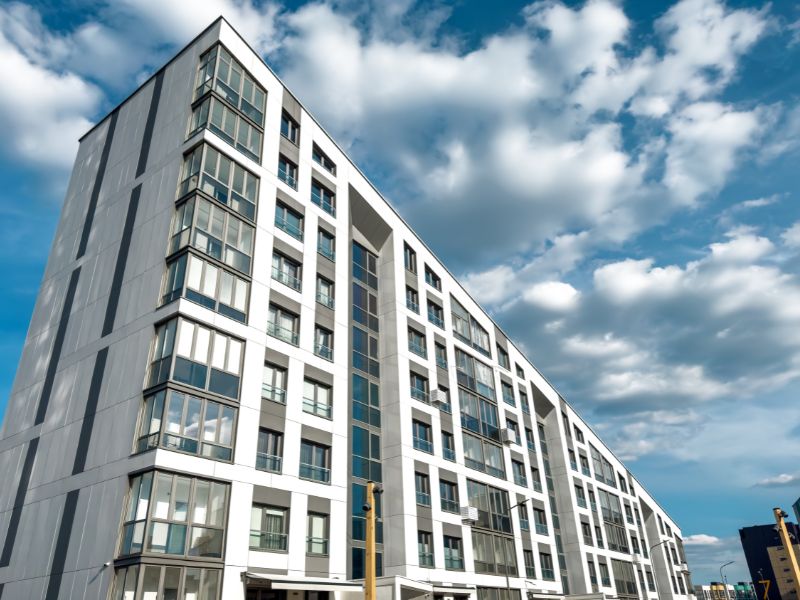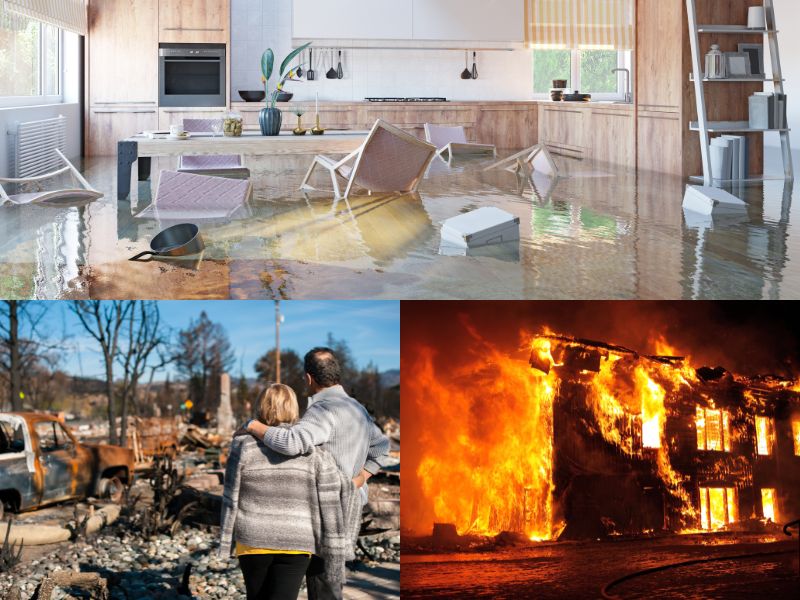The challenges of insuring older apartment buildings in BC
We are often asked at Habitat Insurance Agencies to quote on insurance for pre-1960s apartment buildings in British Columbia. During the last few years, we have seen significant increases in insurance rates for older buildings, much to the chagrin of building owners or buyers who are looking for competitive quotes. Additionally, fewer companies are willing to underwrite older buildings, which also results in less competitive insurance premiums.
In order to understand what drives up insurance rates, let’s take a look at some of the factors that underwriters consider when providing insurance for older apartment buildings:
What makes your insurance more expensive?
Updates
There is commonly a lack of updating in older apartment buildings, which is a concern from both a property and liability perspective. Examples include inadequate fire extinguishers on premises, poor lighting, and inadequate emergency facilities. Electricals in older buildings with fuses and not having been upgraded to “S” type fuses at a minimum is also a common issue. Roofs, heating, and plumbing are other key building areas that insurers expect to be updated.
Water damage
Losses due to water damage are common in apartment buildings and are often due to human error. However, as buildings get older so do the pipes and if these are not updated, water damage losses can quickly become apparent. Insurers are also aware that water damage losses caused by appliance failures, such as dishwashers and washing machines, tend to increase in older buildings, as inspections and maintenance are often not carried out in a timely manner. Read a previous article on this topic.
Earthquake re-insurance
We have seen huge increases in earthquake rates in BC in the last 2 years, particularly in the Greater Vancouver and Vancouver Island areas. The increase in rates has been driven by the cost of earthquake re-insurance: this is what insurance companies purchase to protect themselves from paying claims to their policyholders due to a catastrophic loss like an earthquake. That cost – which translates into higher earthquake premiums for property owners – has escalated dramatically, particularly for older buildings that were constructed in years prior to more rigorous seismic standards.
Additionally, brokers are often advised that older buildings have been seismically upgraded. However, when we review the engineering reports, in many cases we see that the buildings have been upgraded for the preservation of life, not preservation of property. That is, the building will withstand an earthquake and allow residents to vacate the building safely, but likely be structurally damaged enough that it will need to be torn down and rebuilt. These types of buildings will be seen as less desirable risks by insurers.
Valuations
Unlike strata buildings, which typically have current building replacement cost appraisals in place, it’s far less common for apartment buildings – particularly older ones – to have appraisals in place. In a case where no professional appraisal has been done, this creates concerns for underwriters that a building may be underinsured, and may result in less competitive rates being quoted. Read a previous article on this topic.
Socio-economic
Low-income housing is often where we see losses with respect to personal drug usage or cigarette fires; these types of losses are seen less frequently in more affluent neighbourhoods.
Tree roots
Sewer back up losses can be an issue in older neighbourhoods, as trees’ deep roots start impacting underground lines.
Asbestos
This can be a problem in older buildings, as underwriters are aware. The potential cost of remediation and liability claims can be extremely high in the event of a significant loss occurring.
How to get the best insurance to match your needs?
In conclusion, there are clearly many variables that impact on insurance rates for older apartment buildings. Building owners can help themselves get better rates through diligent maintenance and updating of their buildings, as well as having them professionally appraised to make certain that their properties are insured to the correct value. That said, even the best-maintained buildings will likely continue to see an upward trajectory of insurance rates, which are a reflection of the frequency and severity of losses that insurers are currently incurring, particularly with regard to water damage, and the cost of earthquake re-insurance.
Would you like an insurance quote for an apartment building or strata block in British Columbia? Please contact us for a prompt and competitive quote.
This article originally appeared in Bill Goold’s 2014 Apartment Building Sales Review
Habitat Insurance Agencies Ltd
Tel 604-438-5241
[email protected]
Copyright © Habitat Insurance Agencies Ltd. All rights reserved. The content in this article is for information purposes. It is imperative that you obtain professional advice from a qualified insurance professional before acting on any of the information in this article. This will ensure that your own circumstances are properly considered and that action is taken based on all relevant information.



